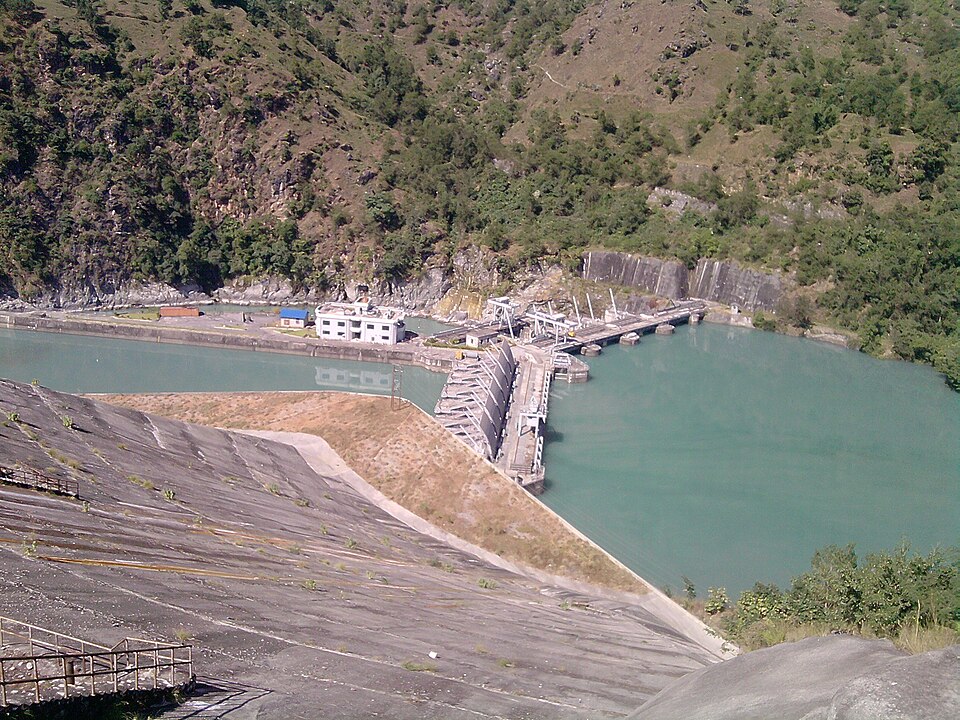Assessment of Generation Adequacy of Integrated Nepal Power System for Next 10 Years
Sandesh Neupane: Team Lead
Abstract:
The paper evaluates the generation adequacy of the existing Integrated Nepal Power System (INPS) and its reliability over the next decade by analyzing system performance under various seasonal conditions using a probabilistic approach. Capacity Outage Probability Tables (COPT) are developed for wet, normal, and dry seasons highlighting that the dry season experiences negative reserve margin due to significantly lower generation. Key reliability indices such as Loss of Load Expectation (LOLE) and Expected Energy Not Supplied (EENS) are evaluated and assessed based on HL-1 criteria. To examine the worst-case scenario, the study excludes energy imports from the external grid, highlighting the challenges of maintaining a reliable power supply through domestic generation alone. Additionally, load forecasting for the next 10 years is conducted using two machine learning models—Long Short-Term Memory (LSTM) and an Artificial Neural Network-based Multi-Layer Perceptron (ANN-MLP)—with LSTM demonstrating superior accuracy. The results suggest that if energy demand continues to grow at historical rates, system reliability may remain under acceptable range; however, any sharp increase in demand could significantly compromise adequacy, underscoring the need for proactive planning and capacity expansion to meet future energy needs.
Introduction:
A power system is responsible for generating, transmitting, and distributing electricity efficiently. Its primary goal is to ensure a reliable and cost-effective power supply, as disruptions can have significant negative impacts on industries, businesses, and households. These disruptions can lead to industrial production losses, interrupted commercial operations, and household inconveniences, all underscoring the importance of a stable power system.
Reliability and economic limitations are key challenges in managing power systems. Achieving high reliability requires substantial investments in infrastructure and maintenance. However, financial constraints may prevent necessary system upgrades, impacting overall performance. Finding a balance between reliability and cost is essential for efficient system operation.
Power system reliability is assessed through two main aspects: adequacy and security. Adequacy determines whether the system has enough resources to meet demand while accounting for outages and operational limits, whereas security refers to the system’s ability to handle disturbances without cascading failures.

Problem Statement:
Nepal Electricity Authority (NEA), under the supervision of the Government of Nepal, is the primary generator and distributor of electric power in the country. Over the years, the number of electricity consumers has steadily increased, reaching 5.46 million in the fiscal year 2023/24, a 6.33% rise from 5.14 million the previous year. Also, there is continuous rise in load demand which is due to several factors viz. the growth of industrial and commercial customers, the increased usage of domestic appliances, and import/export with India.
Recent years have also witnessed a notable increase in available generation, along with the extension of the transmission and distribution systems. Nepal entered an era of power surplus during the high flow seasons (wet season), enabling the country to export surplus electricity to India. This export of energy generation outside the country not only improves NEA’s financial health but also helps significantly in boosting the foreign exchange reserves of the country.
Moreover, Nepal is creating a conducive environment for hydropower development and exploring the potential of expanding the power market to the BBIN (Bangladesh, Bhutan, India, Nepal) soon. To sustain large-scale energy exports to foreign countries in the future, it is essential to ensure sufficient energy production to meet both domestic and foreign demand.
At the consumer level, power quality and reliability are crucial factors. Therefore, Generation Adequacy Assessment is a vital process to determine if the adequacy of the INPS is within allowable limits to meet the required load demand during low generation period or not. Additionally, it provides insights into whether the future generation capacity of the INPS will adequately meet both national and overall demand with a high degree of reliability. Thus, conducting a thorough Generation Adequacy Assessment of the INPS is imperative.
Loss of load indices:
A system risk index can be generated by combining a generation model with an appropriate load model. A cumulative load model, also known as a load duration curve, can be created by arranging the separate daily peak loads in descending order. A risk model is obtained by combining the system capacity outage table with the system load characteristics after the generation and load model have been formed. The following are the most used reliability indices used in power system reliability assessments:
LOLP: it is the probability that the available generation capacity will be insufficient to meet the electrical load demands under specific operational conditions and system constraints.
LOLE: It is the expected amount of time within a specified period during which the daily peak load exceeds the available generation capacity. LOLE in hours can be calculated by multiplying the LOLP by 8,760 hours (the total number of hours in a year).
EENS: It is a most used reliability index used in analytical approach to quantify the amount of energy that is expected to be curtailed or not supplied to consumers due to insufficient generation capacity or failures in the power system. It is typically expressed in megawatt-hours (MWh).

Conclusion & Recommendations:
In this study, the generation adequacy assessment of the existing Integrated Nepal Power System is conducted to verify whether the system is adequate to supply load demand or not. For this, energy import from the external grid during the dry season is not considered and, analysis is done by considering the case where the generation is assumed to be 90%, 65%, and 35% of its installation capacity in wet, normal, and dry seasons.
By doing the adequacy assessment of existing system, LOLE of the system is found to be approximately 111 Days/Year and the EENS of the system is found to be 1.48E+06 MWh. Also, it is found that LOLE and EENS are negligible in the wet and normal seasons compared to the dry season. The main reason for the higher EENS in dry season is due to inadequate generation to maintain the peak load demand due to negative reserve margin in the system.
Moreover, the system adequacy is also forecasted for the next 10 years. Firstly, peak load forecasting is done for this period using LSTM and MLP. Various external parameters that could have affect the peak load demand were considered to train and test the model, and it was found that LSTM has better performance than MLP. Therefore, the forecasted result of LSTM was considered for peak load forecasting, and it was found that the peak load demand will increase to approximately 2.455 times that of existing peak load of 2212 MW, which is considered as the base case scenario. The scenario where the peak load demand is increased up to 4 times the existing peak load was also considered.
For both the case, generation adequacy assessment was done. In the base case scenario, it is found that there will be sufficient generation to meet the load demand in wet and normal seasons if all the generating units which are under construction are connected to the national grid within the 10-year timeframe. But, in dry season, due to low reserve margin in the system, there will be expected loss of load and energy not served with values of approximately 5.67 days/year and 1.31E+04 MWh. Similarly, in worst case scenario, if the forecasted peak load increases to four times the existing peak load, the INPS will lose system reliability due to the negative/low reserve margin between generation and load. In this case, the forecasted LOLE and EENS are found to be approximately 104 days/year and 5.42E+06 MWh which is very high as compared to base case scenario. It is also found that the generation expected to be connected to the grid over the next 10 years will not be sufficient to meet the load demand if load growth rate rises above expectation. Therefore, to improve system adequacy, either additional generation must be connected to the system, or electricity imports from external grids must be prioritized during the dry season. Furthermore, research findings indicate that the primary reason for the system's poor reliability is the inadequate generation capacity during the dry season to meet the required load demand.
In conclusion, while the reliability of the INPS system remains strong during the wet and normal seasons, enhancing its reliability in the dry season requires increasing the reserve margin. This can be achieved either by increasing the generation of the system or by importing electrical energy from external grid during the dry season. Also, in future if the load growth rate will be higher than historical growth rate, generation of INPS will not be sufficient to supply the load demand without/with minimum interruption in dry season so more generation needs to be connected to the grid or energy needs to be imported to maintain the adequacy of the system.


